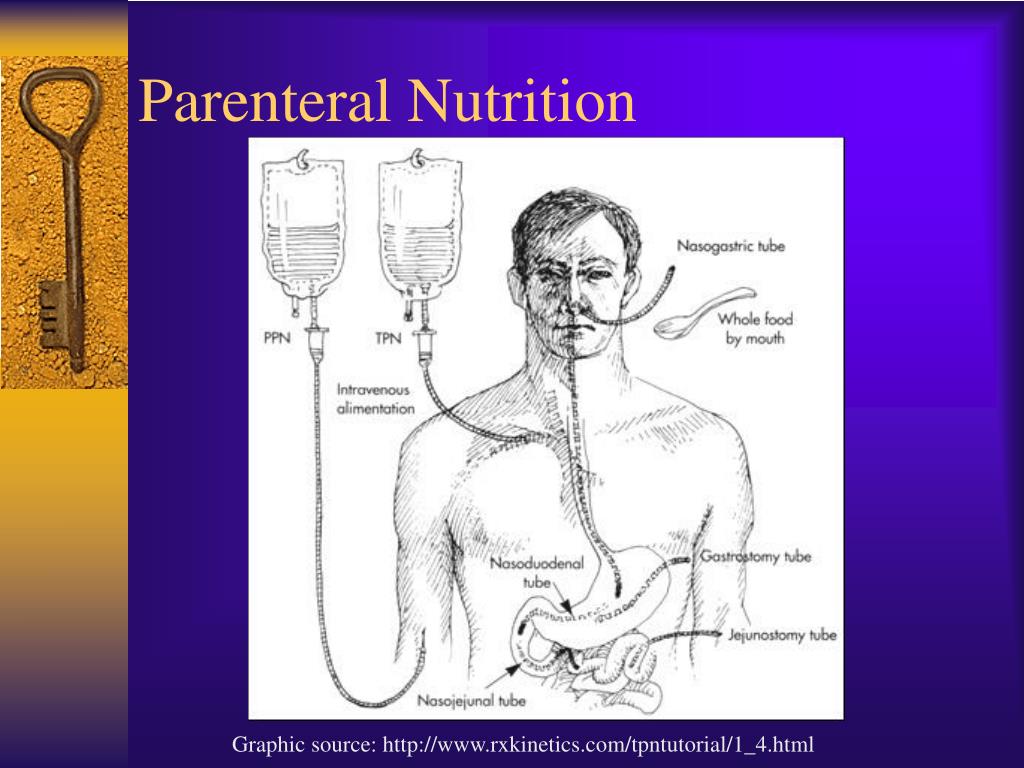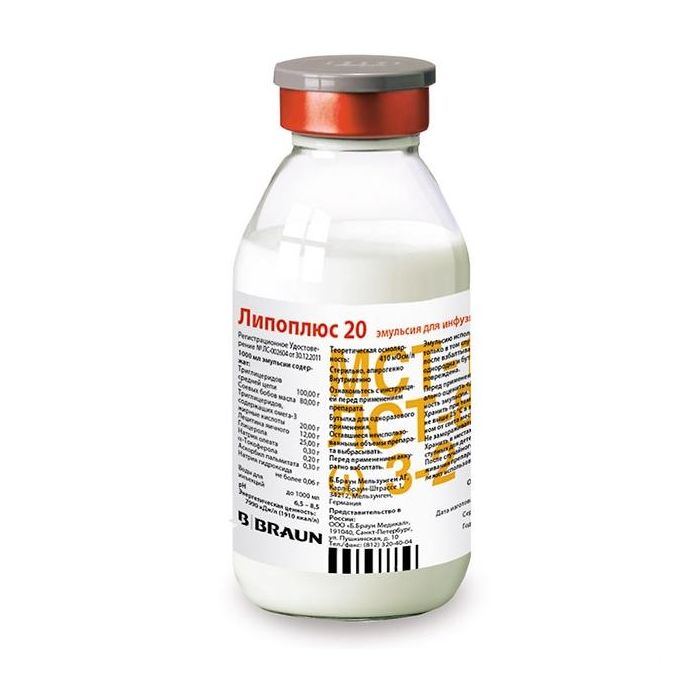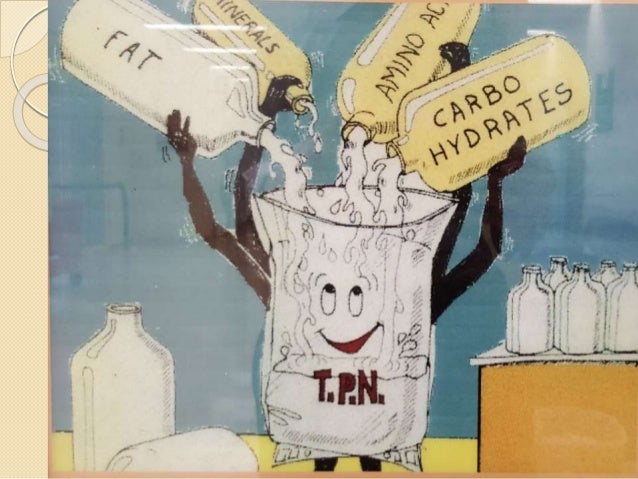Lipid emulsions in parenteral nutrition
Home » » Lipid emulsions in parenteral nutritionYour Lipid emulsions in parenteral nutrition images are ready in this website. Lipid emulsions in parenteral nutrition are a topic that is being searched for and liked by netizens today. You can Download the Lipid emulsions in parenteral nutrition files here. Find and Download all free vectors.
If you’re looking for lipid emulsions in parenteral nutrition pictures information related to the lipid emulsions in parenteral nutrition keyword, you have come to the right blog. Our website always gives you suggestions for refferencing the highest quality video and image content, please kindly search and locate more enlightening video content and graphics that match your interests.
Lipid Emulsions In Parenteral Nutrition. Consensus Statements From the Lipids in Parenteral NutritionInternational Summit November 24 2018 Miami FL Relevant to This Article. The role of lipid emulsions in parenteral nutrition Early PN formulations consisted primarily of high concentrations of glucose and amino acids in order to provide adequate calories 20 and were often associated with a number of complications. Because of these factors the choice of lipid emulsion used as part of parenteral nutrition support may influence clinical outcomes in neonates. Soybean oil which contains a high concentration of linoleic acid is more inflammatory than either.
 Ppt Parenteral Nutrition Powerpoint Presentation Free Download Id 218279 From slideserve.com
Ppt Parenteral Nutrition Powerpoint Presentation Free Download Id 218279 From slideserve.com
Because of these factors the choice of lipid emulsion used as part of parenteral nutrition support may influence clinical outcomes in neonates. The lipid typically used in parenteral nutrition is soyabean oil in which linoleic acid comprises about 50 of the fatty acids present. Samples were stored at 4 1 C with light protection and at 25 1 C with and without. Over the last 50 y lipid emulsions have been an important component of parenteral nutrition PN and over the last 1015 y many new lipid emulsions have been manufactured with the goal of improving safety and efficacy profiles and achieving physiologically optimal formulations. Intralipid source of calories and essential fatty acids in patients who are parenteral nutrition dependent SMOFlipid source of calories and essential fatty acids in adults who cannot receive them via oral or enteral route in July 2016. Utilizing intravenous lipid emulsions in parenteral nutrition has minimized the dependence on dextrose as a major source of nonprotein calories and prevents the clinical consequences of essential fatty acid deficiency.
Lipid emulsions are an integral part of parenteral nutrition and traditionally have been regarded as an energy-dense source of calories and essential fatty acids.
The role of lipid emulsions in parenteral nutrition Early PN formulations consisted primarily of high concentrations of glucose and amino acids in order to provide adequate calories 20 and were often associated with a number of complications. Ntravenous lipid emulsions ILE are a key component of parenteral nutrition PN providing a source of essential fatty acids EFA as well as non-protein calories. Lipid emulsions LEs an integral component in parenteral nutrition PN feeding have shifted from the primary aim of delivering non-protein calories and essential fatty acids to defined therapeutic outcomes such as reducing inflammation and improving metabolic and clinical outcomes. Samples were stored at 4 1 C with light protection and at 25 1 C with and without. For many years lipids used in parenteral nutrition have been based on vegetable oils eg soybean-oil emulsions. Lipid emulsions are an integral part of parenteral nutrition and traditionally have been regarded as an energy-dense source of calories and essential fatty acids.
 Source: clinicalnutritionjournal.com
Source: clinicalnutritionjournal.com
For many years lipids used in parenteral nutrition have been based on vegetable oils eg soybean-oil emulsions. Because of these factors the choice of lipid emulsion used as part of parenteral nutrition support may influence clinical outcomes in neonates. PN remains a valuable therapeutic intervention in adults and children across care settings whether used for the shortterm or longterm. 3 Lipid oil sources can also be characterized by their relative range of inflammatory effects. Maximal lipid-to-energy ratio of 25.
 Source: clinicalnutritionespen.com
Source: clinicalnutritionespen.com
AMP was added to two formulations of TPN admixtures differing in the lipid emulsion Lipofundin MCTLCT 20 or LIPIDem. Samples were stored at 4 1 C with light protection and at 25 1 C with and without. Lipid emulsions for parenteral nutrition which provide a high amount of calories at low osmotic load are constituted of plant or fish oils containing fatty acids that are esterified into triglycerides emulsified by a phospholipid monolayer. Lipid emulsions are a principle part of parenteral nutrition 2 3 minimizing dependence on glucose as a major source of non-protein energy and preventing essential fatty acid deficiency EFAD. Lipid emulsions are composed of soybean andor safflower oil glycerol and egg phospholipid.
 Source: semanticscholar.org
Source: semanticscholar.org
Samples were stored at 4 1 C with light protection and at 25 1 C with and without. Lipids were first introduced into parenteral nutrition formulas in the 1960s in order to provide a more balanced supply of energy along with glucose 4 6. AMP was added to two formulations of TPN admixtures differing in the lipid emulsion Lipofundin MCTLCT 20 or LIPIDem. To accommodate small fluid volumes repackaging of intravenous lipid emulsions is frequently performed in hospitals providing parenteral nutrition to neonates and smaller pediatric patients. Lipid emulsions LEs an integral component in parenteral nutrition PN feeding have shifted from the primary aim of delivering non-protein calories and essential fatty acids to defined therapeutic outcomes such as reducing inflammation and improving metabolic and clinical outcomes.
 Source: pediatr-neonatol.com
Source: pediatr-neonatol.com
Utilizing intravenous lipid emulsions in parenteral nutrition has minimized the dependence on dextrose as a major source of nonprotein calories and prevents the clinical consequences of essential fatty acid deficiency. Development of a stable ILE took decades of work by leaders in the field before the introduction of the first stable ILE Lipomul. 3 Lipid oil sources can also be characterized by their relative range of inflammatory effects. 57 There is evidence that phytosterols may contribute to the development of IFALD 58 - 68 though the role of phytosterols in the development of IFALD remains controversial. The physical stability of lipid commercial parenteral emulsions repacked and stored in polypropylene syringe up to 30 days at room temperature refrigerator and 40C was determined to establish.
 Source: clinicalnutritionjournal.com
Source: clinicalnutritionjournal.com
Samples were stored at 4 1 C with light protection and at 25 1 C with and without. The lipid typically used in parenteral nutrition is soyabean oil in which linoleic acid comprises about 50 of the fatty acids present. Lipid emulsions are a principle part of parenteral nutrition 2 3 minimizing dependence on glucose as a major source of non-protein energy and preventing essential fatty acid deficiency EFAD. Lipid emulsions are an integral part of parenteral nutrition and traditionally have been regarded as an energy-dense source of calories and essential fatty acids. Many of them require parallel infusion of total parenteral nutrition TPN admixtures.
 Source: slideserve.com
Source: slideserve.com
The aim of the study was to determine the physicochemical stability of AMP in TPN admixtures. Lipid emulsions are composed of soybean andor safflower oil glycerol and egg phospholipid. Approximately 4 of total kcaloric intake should be EFAs to prevent EFA deficiency. Maximal lipid-to-energy ratio of 25. Lipid emulsions are a principle part of parenteral nutrition 2 3 minimizing dependence on glucose as a major source of non-protein energy and preventing essential fatty acid deficiency EFAD.
 Source: researchgate.net
Source: researchgate.net
Samples were stored at 4 1 C with light protection and at 25 1 C with and without. PN remains a valuable therapeutic intervention in adults and children across care settings whether used for the shortterm or longterm. The aim of the study was to determine the physicochemical stability of AMP in TPN admixtures. Approximately 4 of total kcaloric intake should be EFAs to prevent EFA deficiency. Lipid emulsions for parenteral nutrition which provide a high amount of calories at low osmotic load are constituted of plant or fish oils containing fatty acids that are esterified into triglycerides emulsified by a phospholipid monolayer.
 Source: researchgate.net
Source: researchgate.net
Low-fat PN with a high glucose intake increases the risk of hyperglycaemia. 1 ILE intravenous lipid emulsion. Lipid emulsions LEs an integral component in parenteral nutrition PN feeding have shifted from the primary aim of delivering non-protein calories and essential fatty acids to defined therapeutic outcomes such as reducing inflammation and improving metabolic and clinical outcomes. Soybean oil which contains a high concentration of linoleic acid is more inflammatory than either. Maximal lipid-to-energy ratio of 25.
 Source: researchgate.net
Source: researchgate.net
Lipid emulsions are an integral part of parenteral nutrition and traditionally have been regarded as an energy-dense source of calories and essential fatty acids. Low-fat PN with a high glucose intake increases the risk of hyperglycaemia. The lipid typically used in parenteral nutrition is soyabean oil in which linoleic acid comprises about 50 of the fatty acids present. For many years lipids used in parenteral nutrition have been based on vegetable oils eg soybean-oil emulsions. Because of these factors the choice of lipid emulsion used as part of parenteral nutrition support may influence clinical outcomes in neonates.
 Source: researchgate.net
Source: researchgate.net
Approximately 4 of total kcaloric intake should be EFAs to prevent EFA deficiency. Utilizing intravenous lipid emulsions in parenteral nutrition has minimized the dependence on dextrose as a major source of nonprotein calories and prevents the clinical consequences of essential fatty acid deficiency. There are concerns that lipid emulsions based purely on soybean oil may increase lipid peroxidation oxidative stress and inflammation because of their high ω-6 PUFA and low ω-3 PUFA concentrations. The physical stability of lipid commercial parenteral emulsions repacked and stored in polypropylene syringe up to 30 days at room temperature refrigerator and 40C was determined to establish. Lipids in parenteral nutrition are used as a source of essential fatty acids EFAand energy.
 Source: buy-pharm.com
Source: buy-pharm.com
AMP was added to two formulations of TPN admixtures differing in the lipid emulsion Lipofundin MCTLCT 20 or LIPIDem. The role of lipid emulsions in parenteral nutrition Early PN formulations consisted primarily of high concentrations of glucose and amino acids in order to provide adequate calories 20 and were often associated with a number of complications. Over the last 50 y lipid emulsions have been an important component of parenteral nutrition PN and over the last 1015 y many new lipid emulsions have been manufactured with the goal of improving safety and efficacy profiles and achieving physiologically optimal formulations. There are concerns that lipid emulsions based purely on soybean oil may increase lipid peroxidation oxidative stress and inflammation because of their high ω-6 PUFA and low ω-3 PUFA concentrations. Types of intravenous lipid emulsions ilipids available in the US.
 Source: researchgate.net
Source: researchgate.net
The role of lipid emulsions in parenteral nutrition Early PN formulations consisted primarily of high concentrations of glucose and amino acids in order to provide adequate calories 20 and were often associated with a number of complications. Approximately 4 of total kcaloric intake should be EFAs to prevent EFA deficiency. Samples were stored at 4 1 C with light protection and at 25 1 C with and without. Maximal lipid-to-energy ratio of 25. Soybean oil lipid emulsions have been the mainstay of parenteral nutrition lipid formulations for decades in North America.
 Source: clinicalnutritionjournal.com
Source: clinicalnutritionjournal.com
For many years lipids used in parenteral nutrition have been based on vegetable oils eg soybean-oil emulsions. The role of lipid emulsions in parenteral nutrition Early PN formulations consisted primarily of high concentrations of glucose and amino acids in order to provide adequate calories 20 and were often associated with a number of complications. To accommodate small fluid volumes repackaging of intravenous lipid emulsions is frequently performed in hospitals providing parenteral nutrition to neonates and smaller pediatric patients. There are concerns that lipid emulsions based purely on soybean oil may increase lipid peroxidation oxidative stress and inflammation because of their high ω-6 PUFA and low ω-3 PUFA concentrations. The aim of the study was to determine the physicochemical stability of AMP in TPN admixtures.
 Source: youtube.com
Source: youtube.com
Types of intravenous lipid emulsions ilipids available in the US. For many years lipids used in parenteral nutrition have been based on vegetable oils eg soybean-oil emulsions. Lipid emulsions for parenteral nutrition which provide a high amount of calories at low osmotic load are constituted of plant or fish oils containing fatty acids that are esterified into triglycerides emulsified by a phospholipid monolayer. AMP was added to two formulations of TPN admixtures differing in the lipid emulsion Lipofundin MCTLCT 20 or LIPIDem. Low-fat PN with a high glucose intake increases the risk of hyperglycaemia.
 Source: slideshare.net
Source: slideshare.net
Lipids in parenteral nutrition are used as a source of essential fatty acids EFAand energy. Many of them require parallel infusion of total parenteral nutrition TPN admixtures. The lipid typically used in parenteral nutrition is soyabean oil in which linoleic acid comprises about 50 of the fatty acids present. There are concerns that lipid emulsions based purely on soybean oil may increase lipid peroxidation oxidative stress and inflammation because of their high ω-6 PUFA and low ω-3 PUFA concentrations. 1 ILE intravenous lipid emulsion.
 Source: slidetodoc.com
Source: slidetodoc.com
Use of LEs in PN for surgical and critically ill patients is particularly well established and there is. The role of lipid emulsions in parenteral nutrition Early PN formulations consisted primarily of high concentrations of glucose and amino acids in order to provide adequate calories 20 and were often associated with a number of complications. Samples were stored at 4 1 C with light protection and at 25 1 C with and without. Types of intravenous lipid emulsions ilipids available in the US. For many years lipids used in parenteral nutrition have been based on vegetable oils eg soybean-oil emulsions.
 Source: slideshare.net
Source: slideshare.net
The administration of lipid emulsions is recommended within or 7 days after starting PN parenteral nutrition to avoid deficiency of essential fatty acids. Utilizing intravenous lipid emulsions in parenteral nutrition has minimized the dependence on dextrose as a major source of nonprotein calories and prevents the clinical consequences of essential fatty acid deficiency. Samples were stored at 4 1 C with light protection and at 25 1 C with and without. Lipid emulsions based purely on vegetable oils also contain higher concentrations of phytosterols such as stigmasterol βsitosterol and campesterol compared with other lipid sources eg those containing fish oil. PN remains a valuable therapeutic intervention in adults and children across care settings whether used for the shortterm or longterm.
 Source: slidetodoc.com
Source: slidetodoc.com
Soybean oil which contains a high concentration of linoleic acid is more inflammatory than either. Soybean oil lipid emulsions have been the mainstay of parenteral nutrition lipid formulations for decades in North America. AMP was added to two formulations of TPN admixtures differing in the lipid emulsion Lipofundin MCTLCT 20 or LIPIDem. Maximal lipid-to-energy ratio of 25. 57 There is evidence that phytosterols may contribute to the development of IFALD 58 - 68 though the role of phytosterols in the development of IFALD remains controversial.
This site is an open community for users to submit their favorite wallpapers on the internet, all images or pictures in this website are for personal wallpaper use only, it is stricly prohibited to use this wallpaper for commercial purposes, if you are the author and find this image is shared without your permission, please kindly raise a DMCA report to Us.
If you find this site good, please support us by sharing this posts to your preference social media accounts like Facebook, Instagram and so on or you can also save this blog page with the title lipid emulsions in parenteral nutrition by using Ctrl + D for devices a laptop with a Windows operating system or Command + D for laptops with an Apple operating system. If you use a smartphone, you can also use the drawer menu of the browser you are using. Whether it’s a Windows, Mac, iOS or Android operating system, you will still be able to bookmark this website.